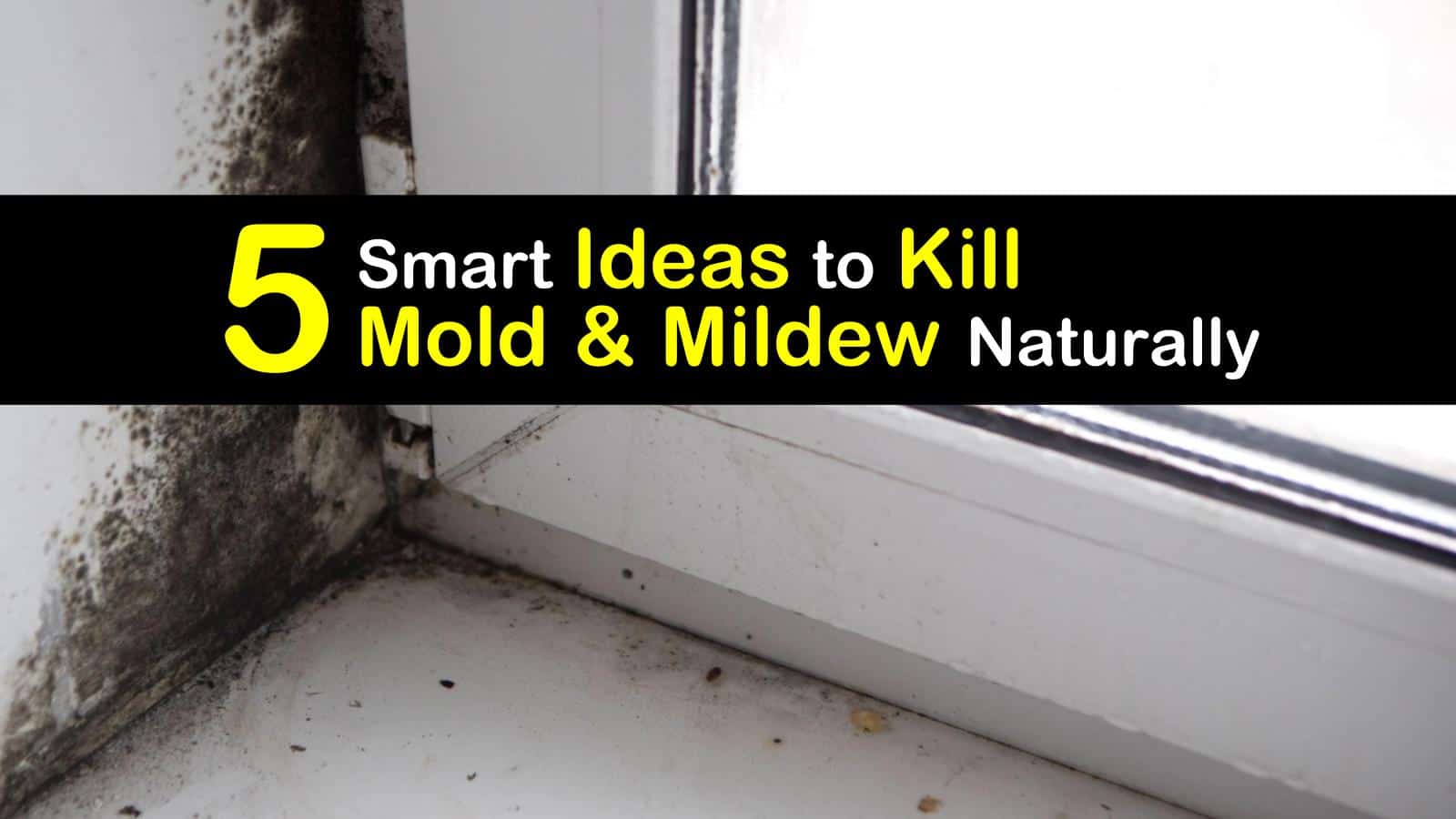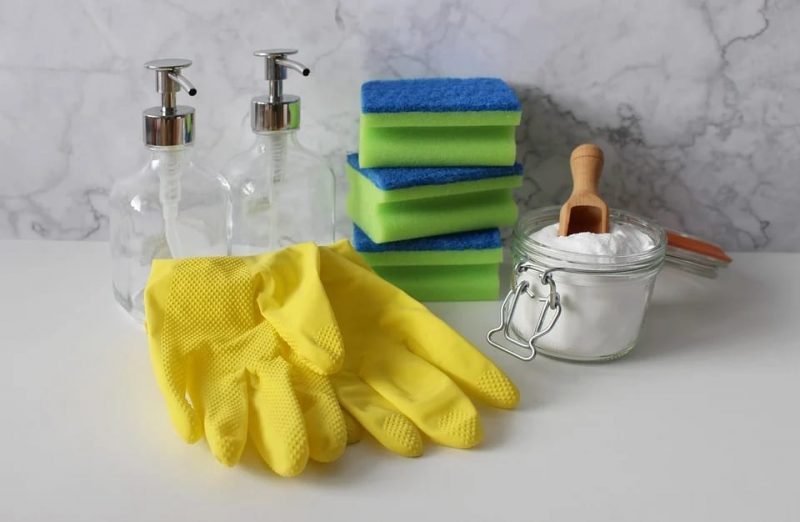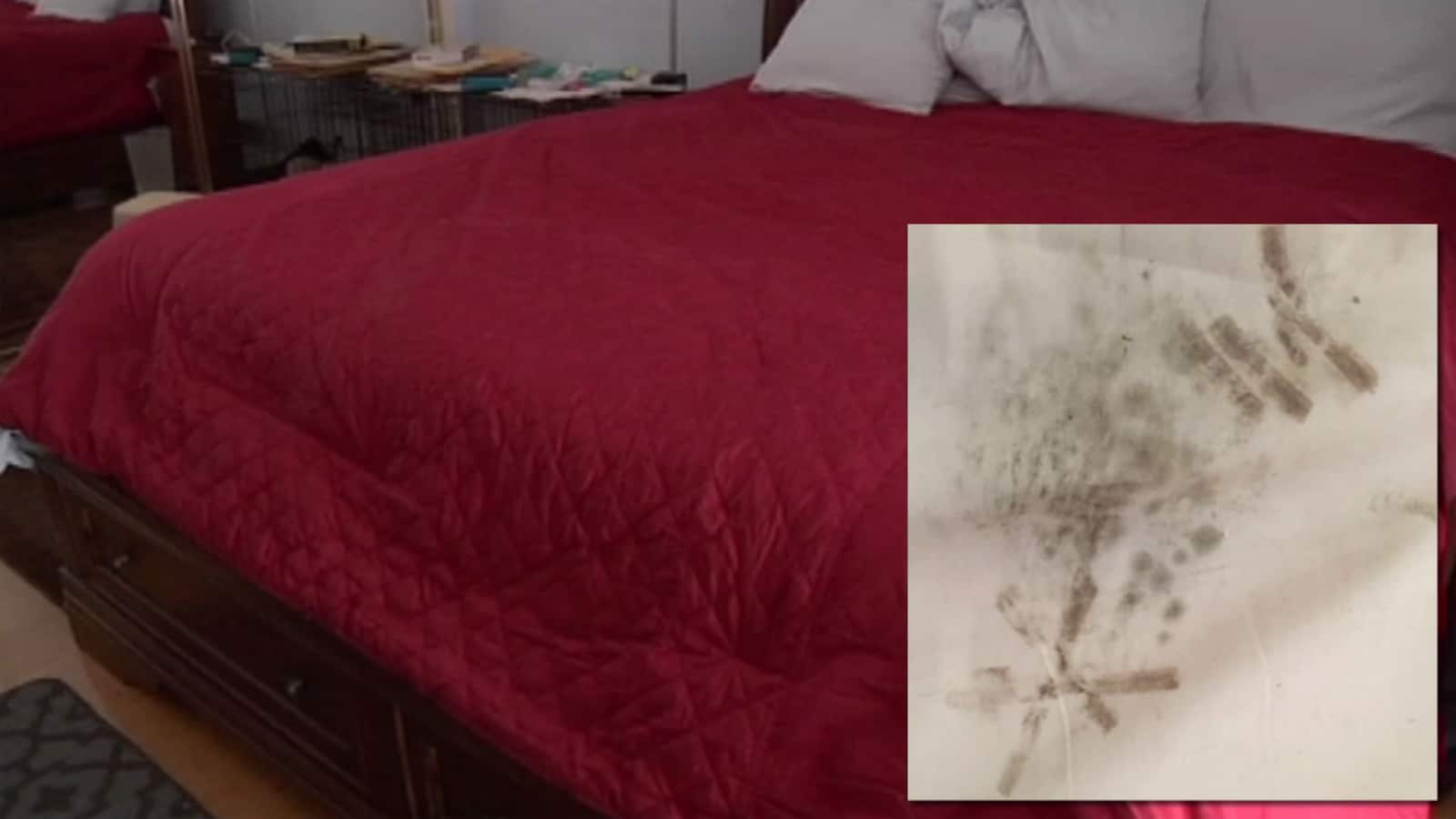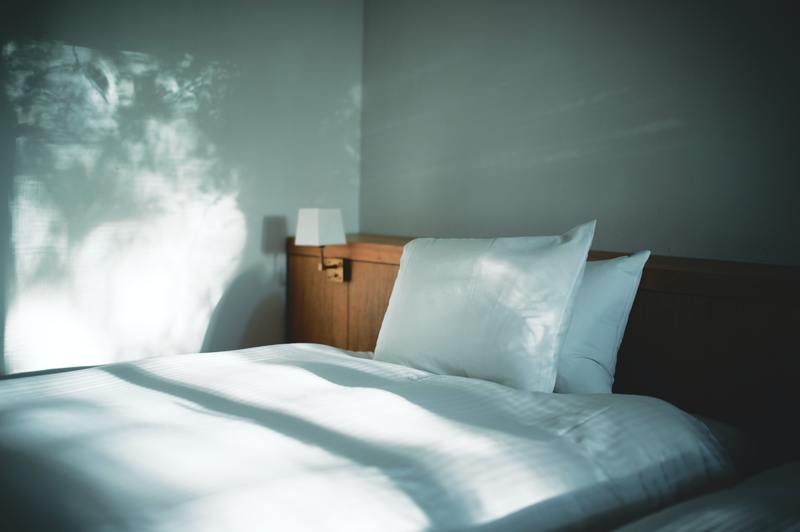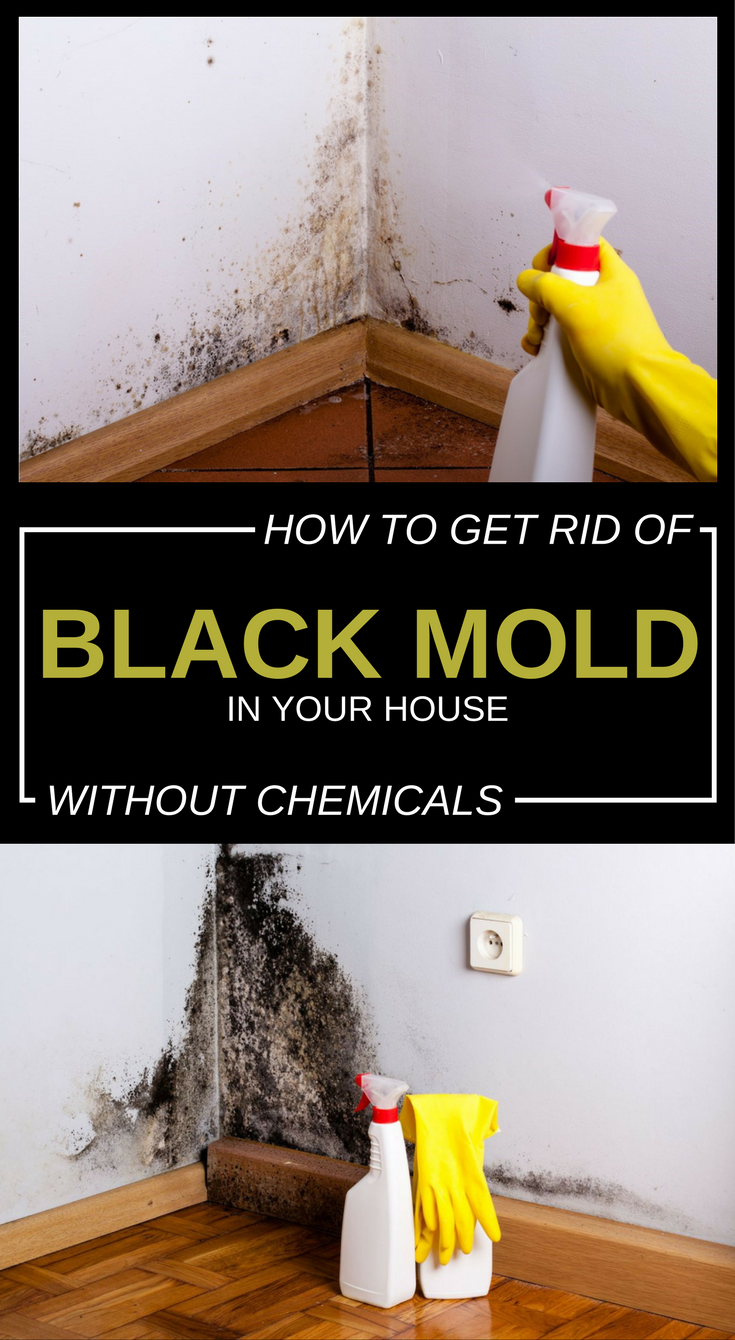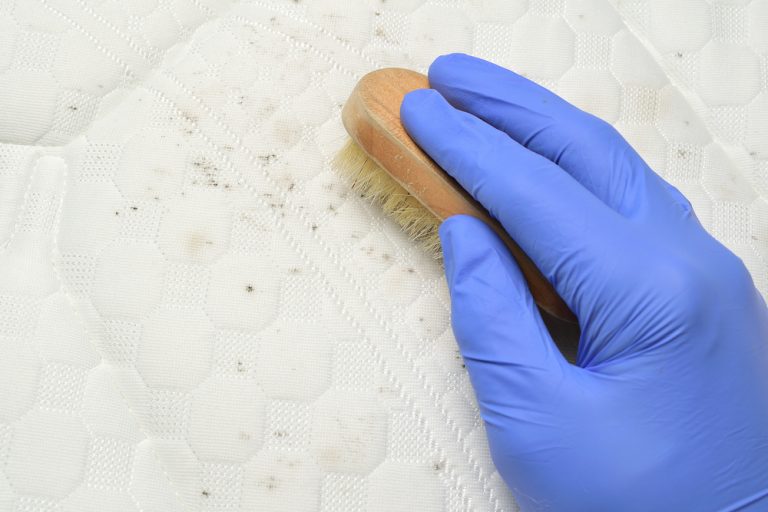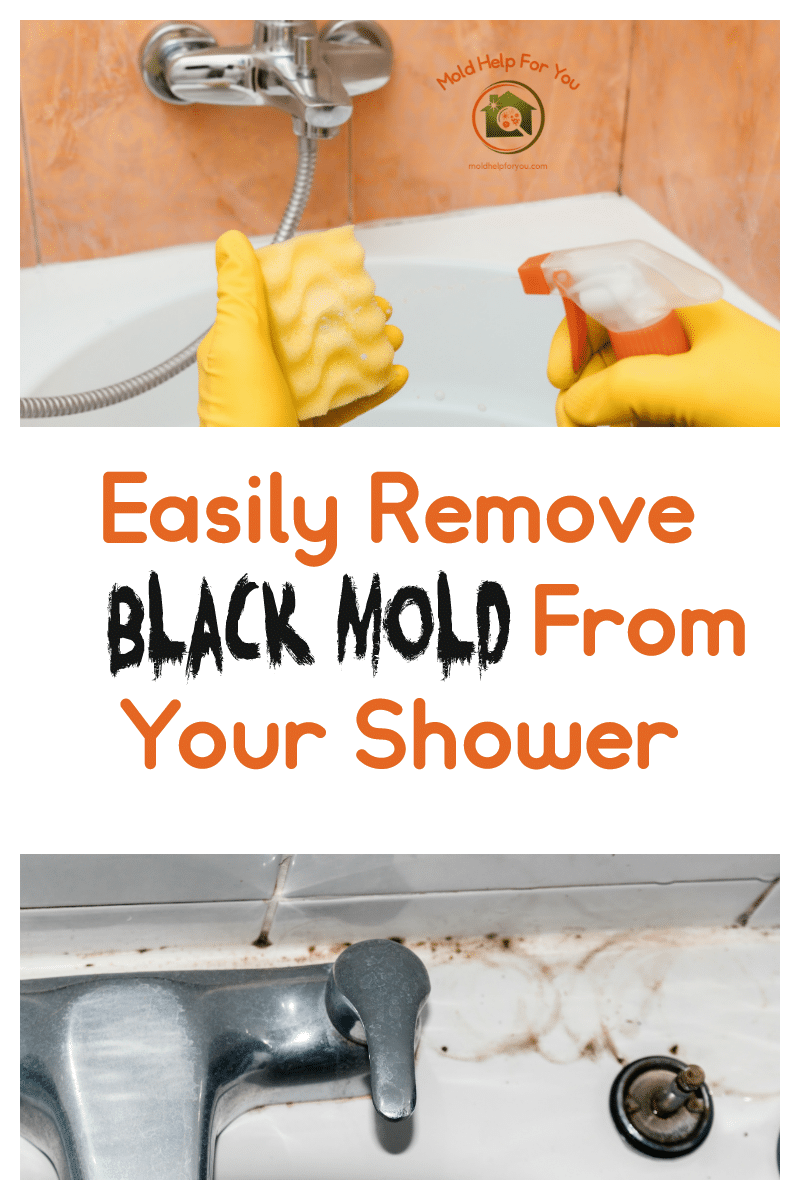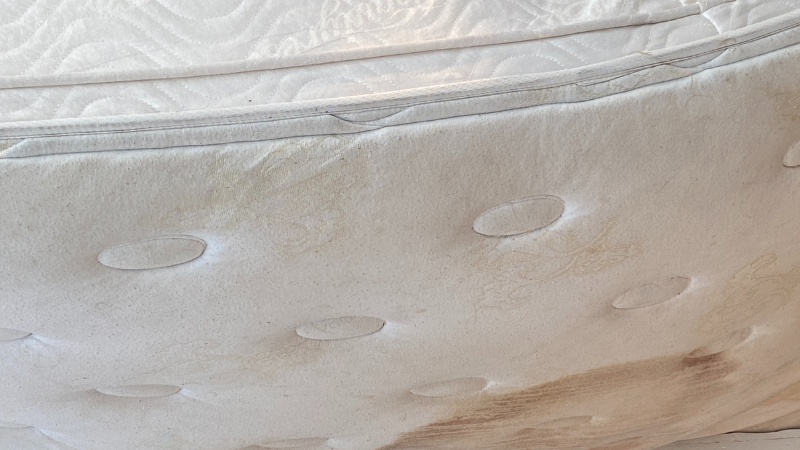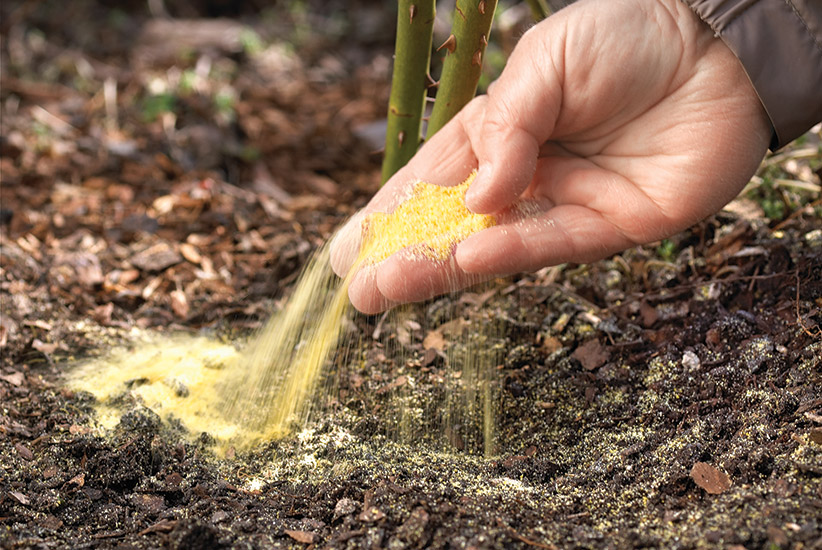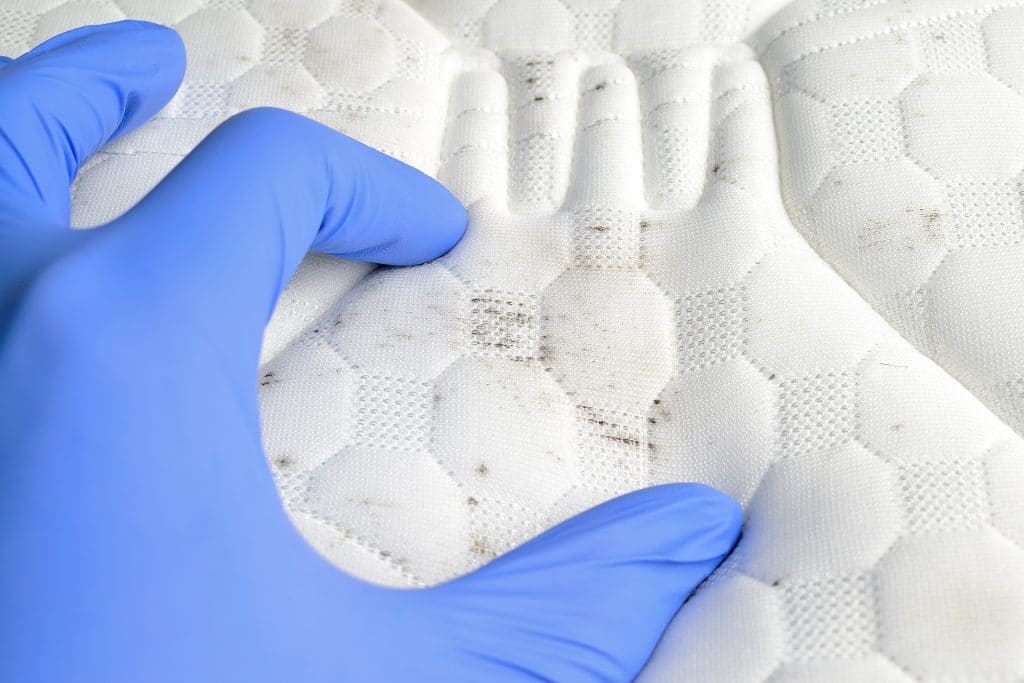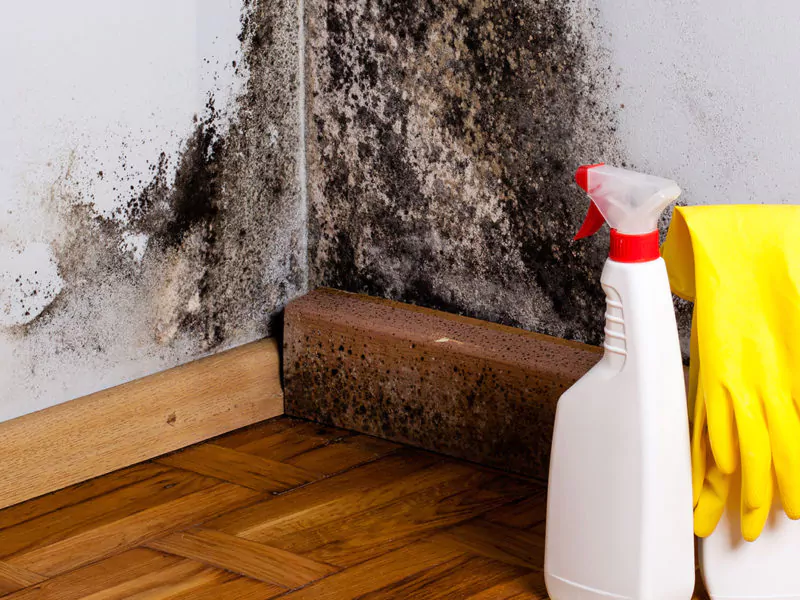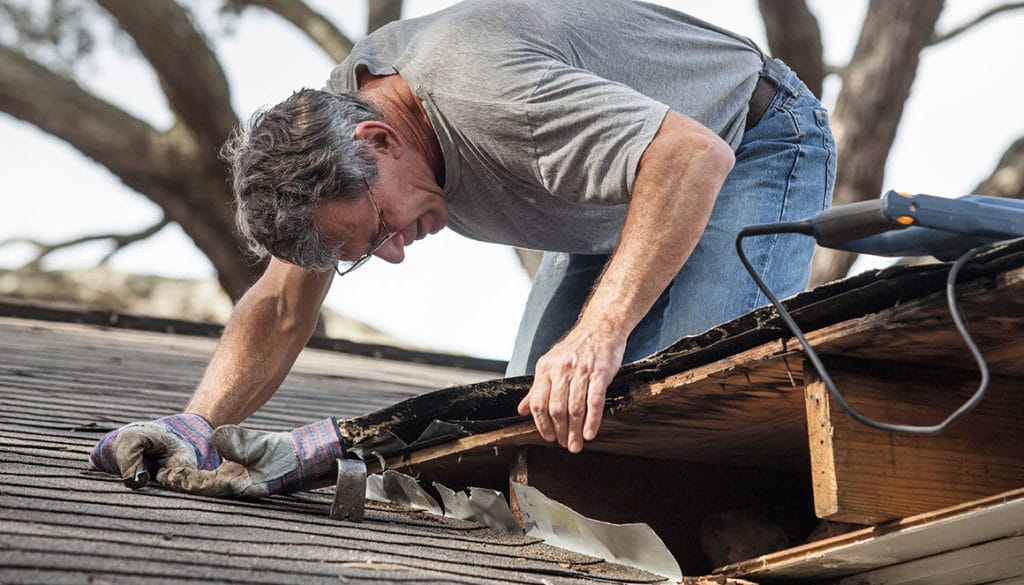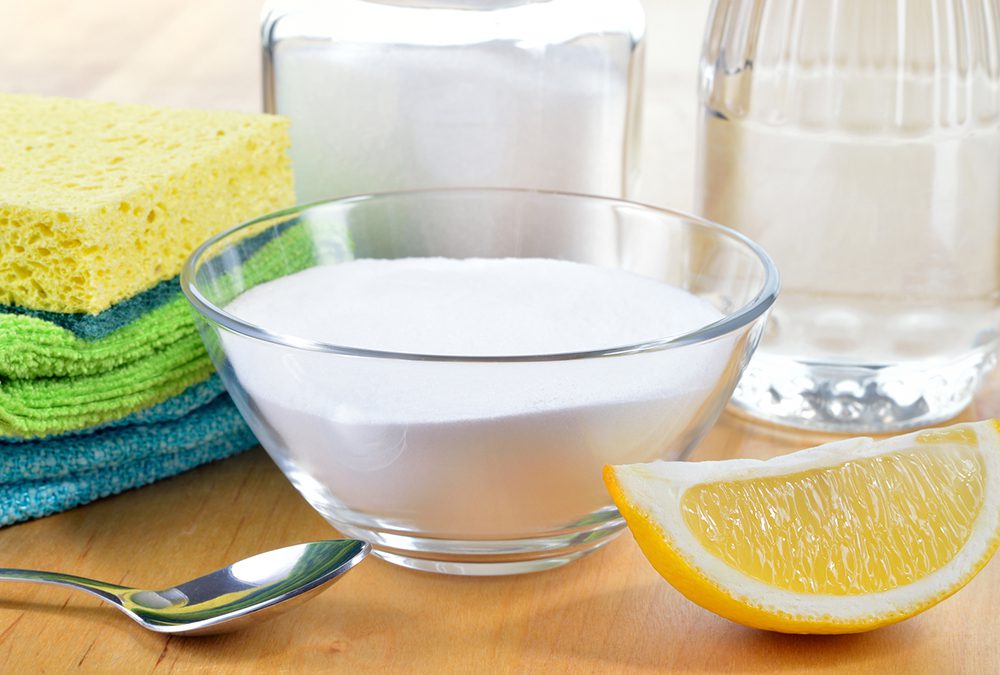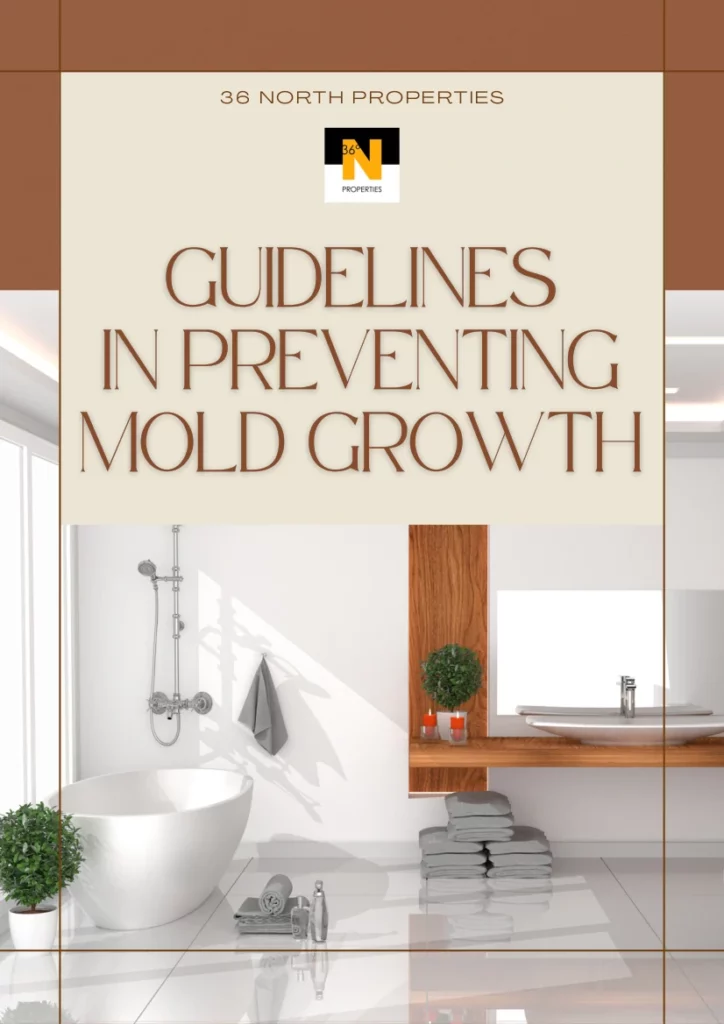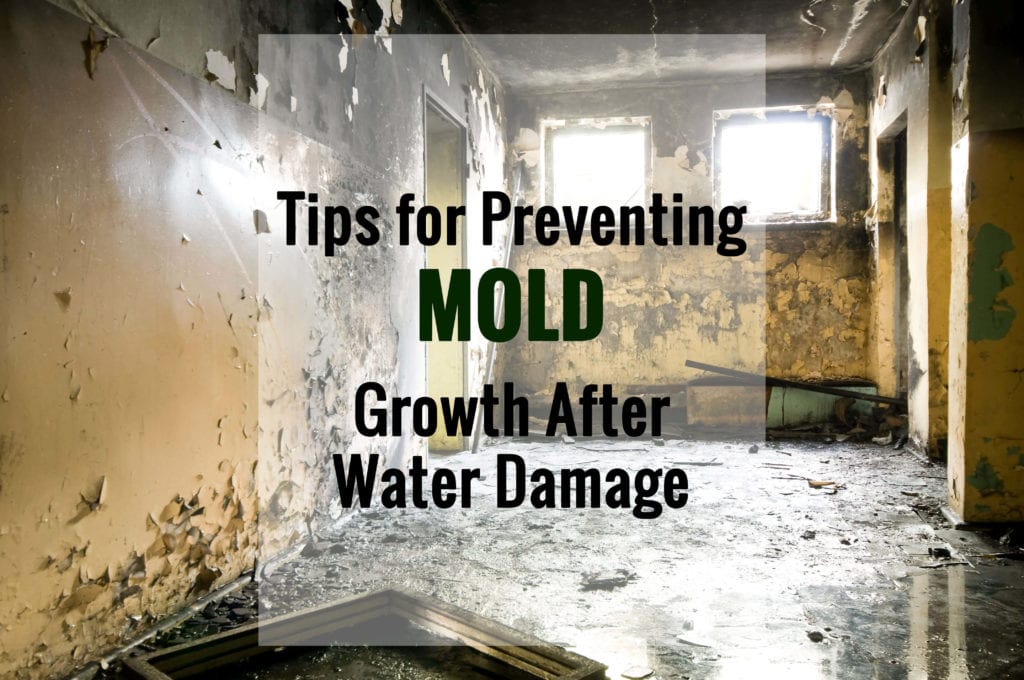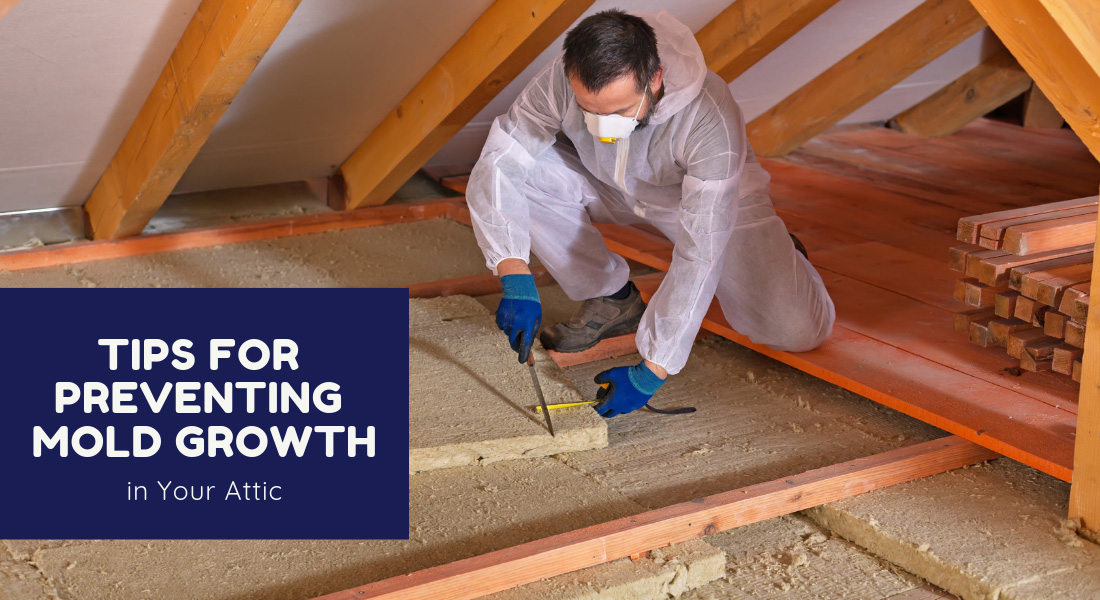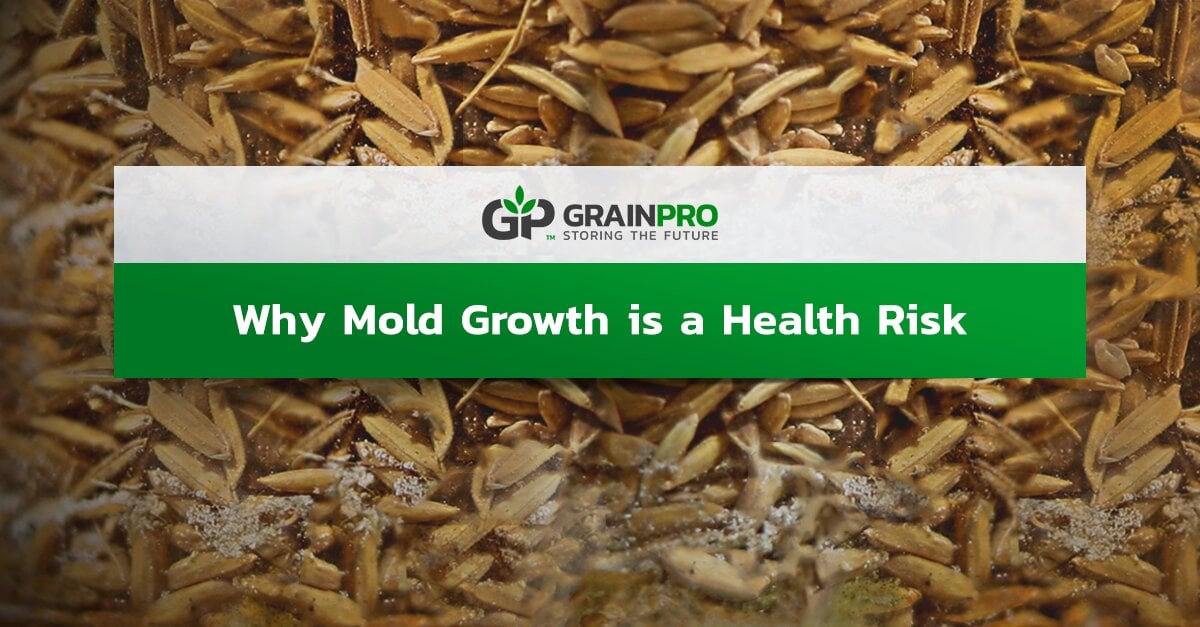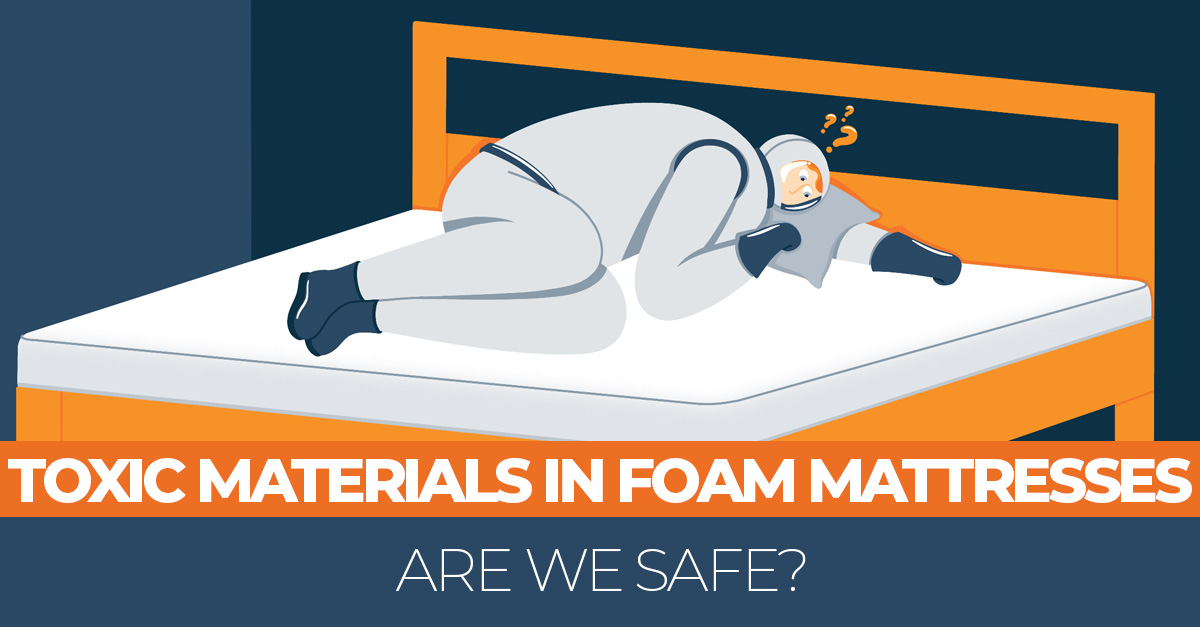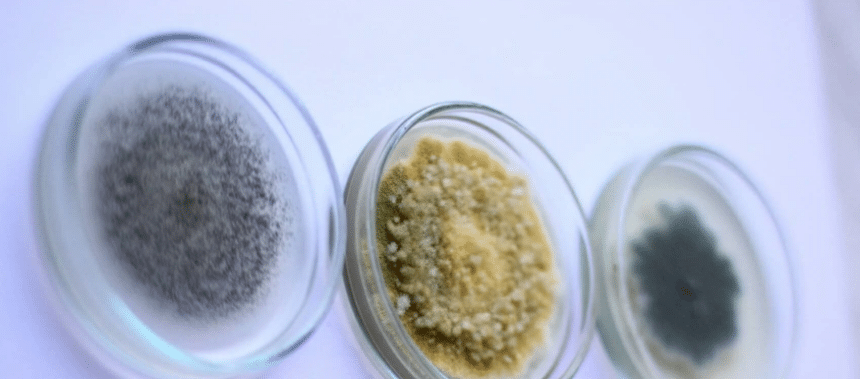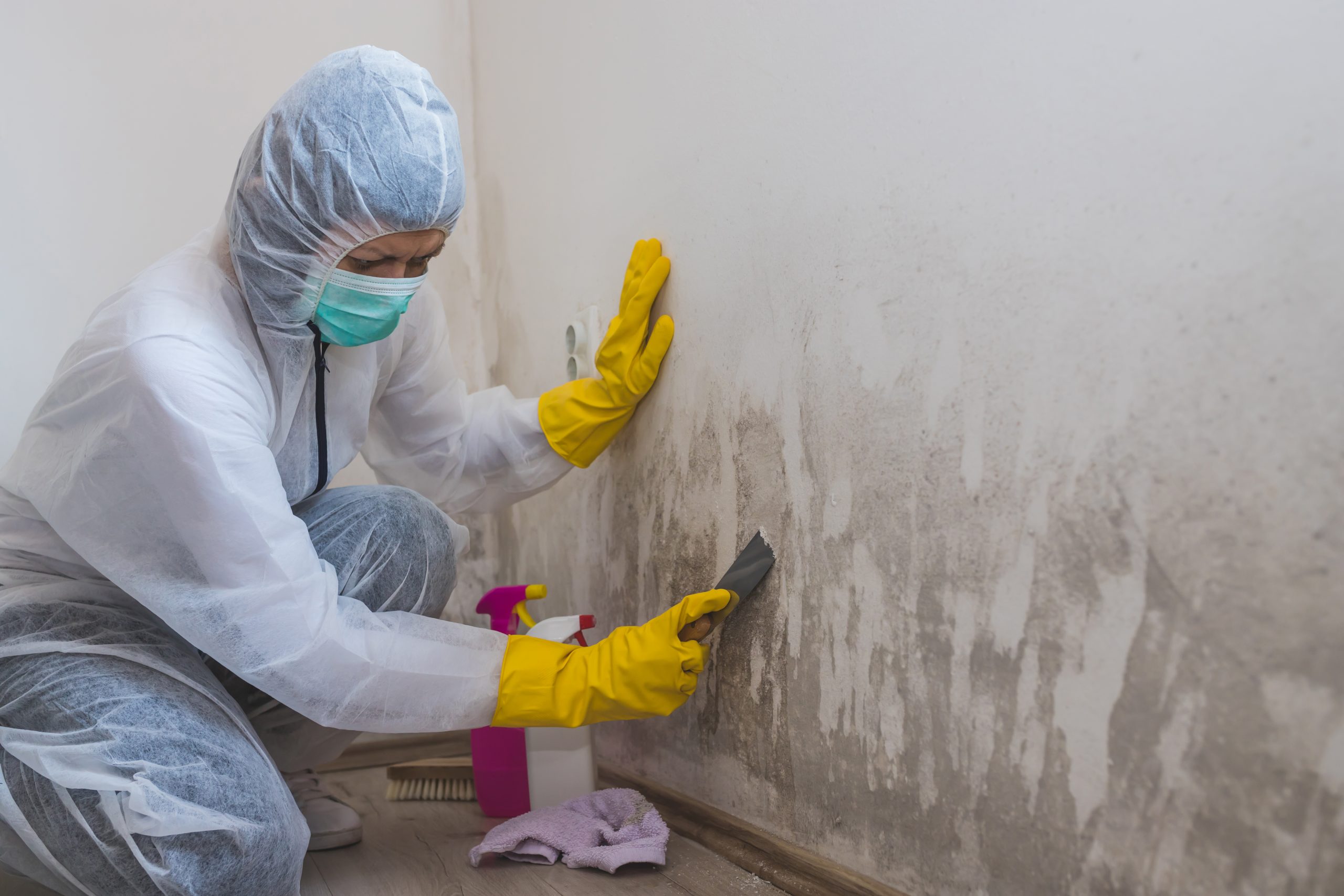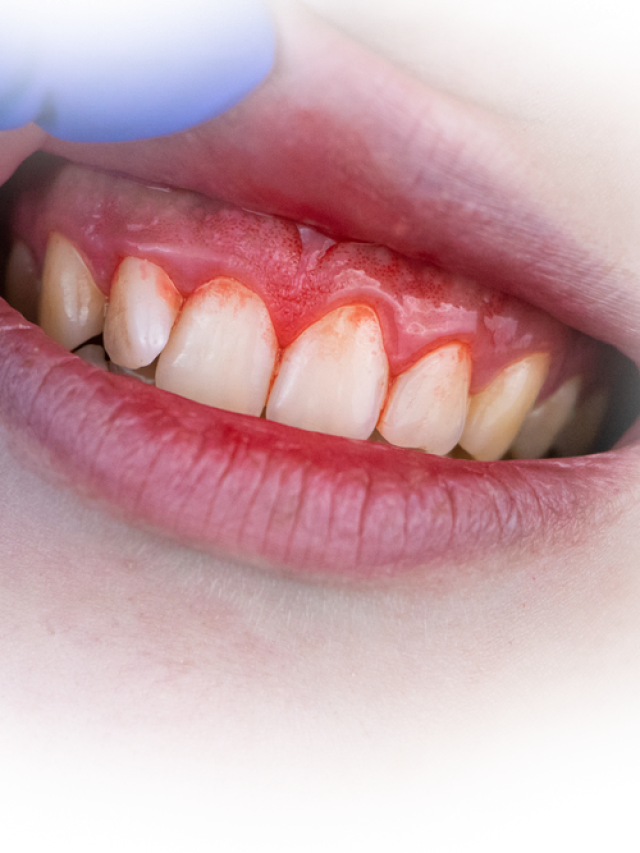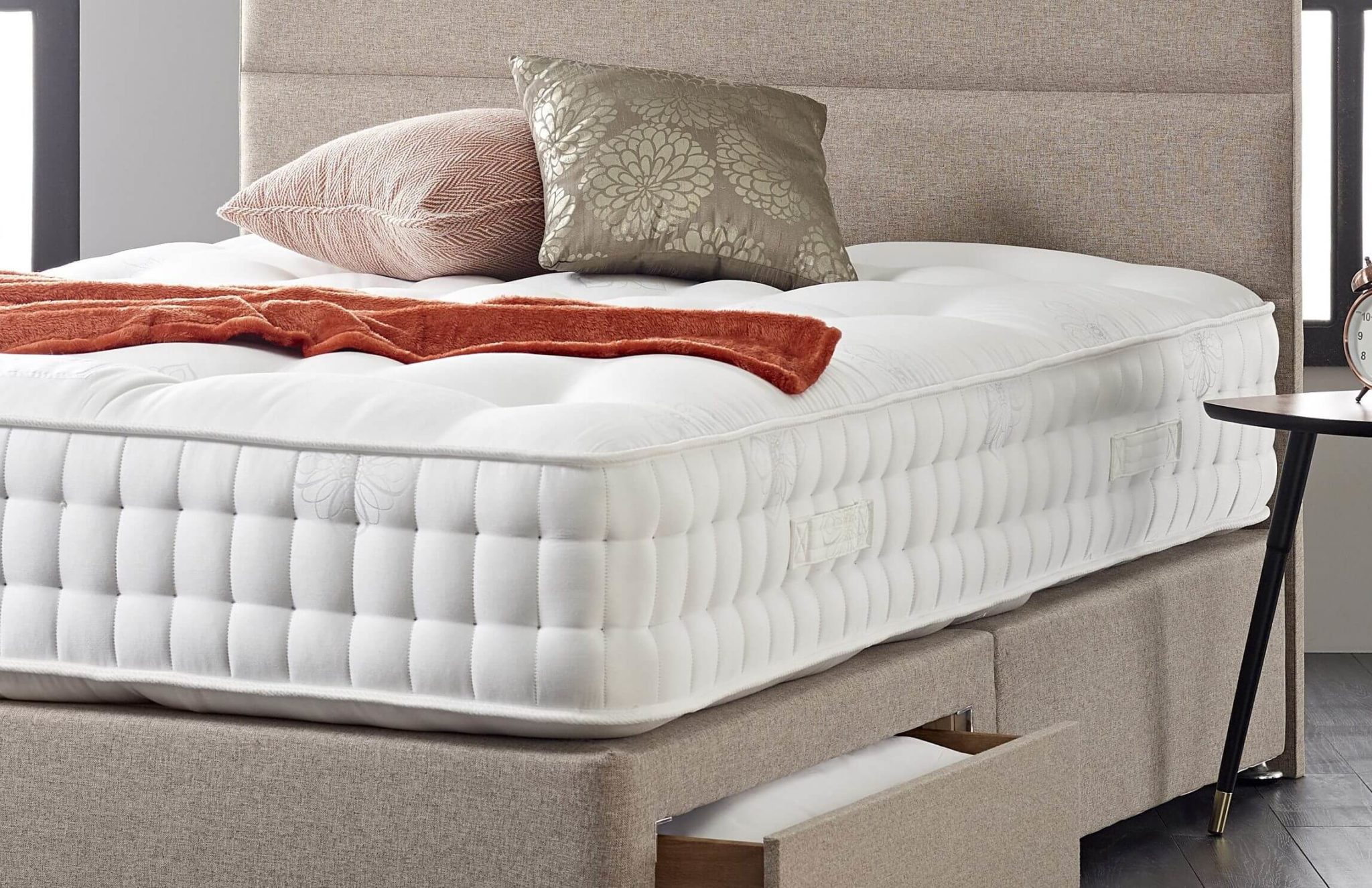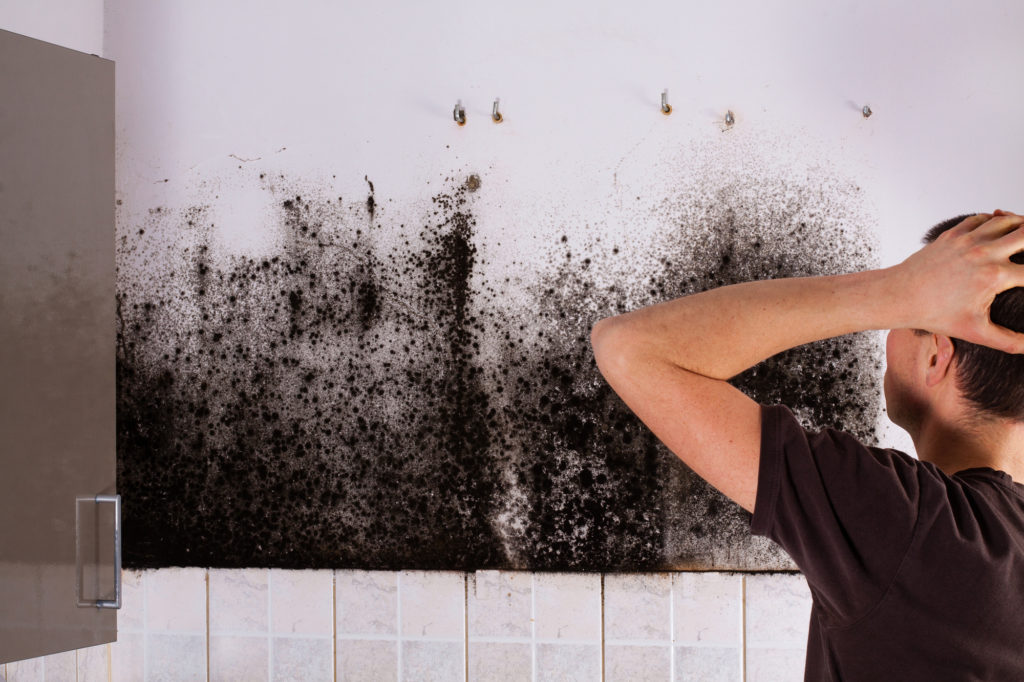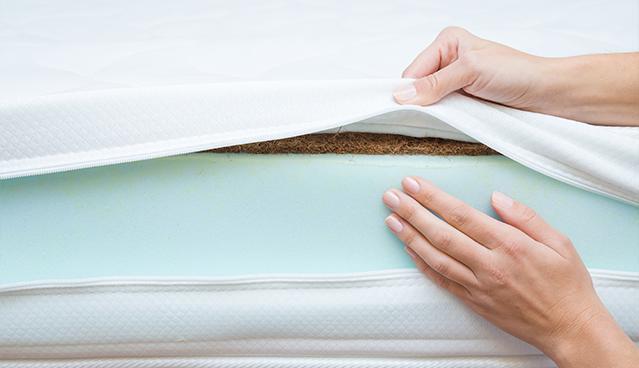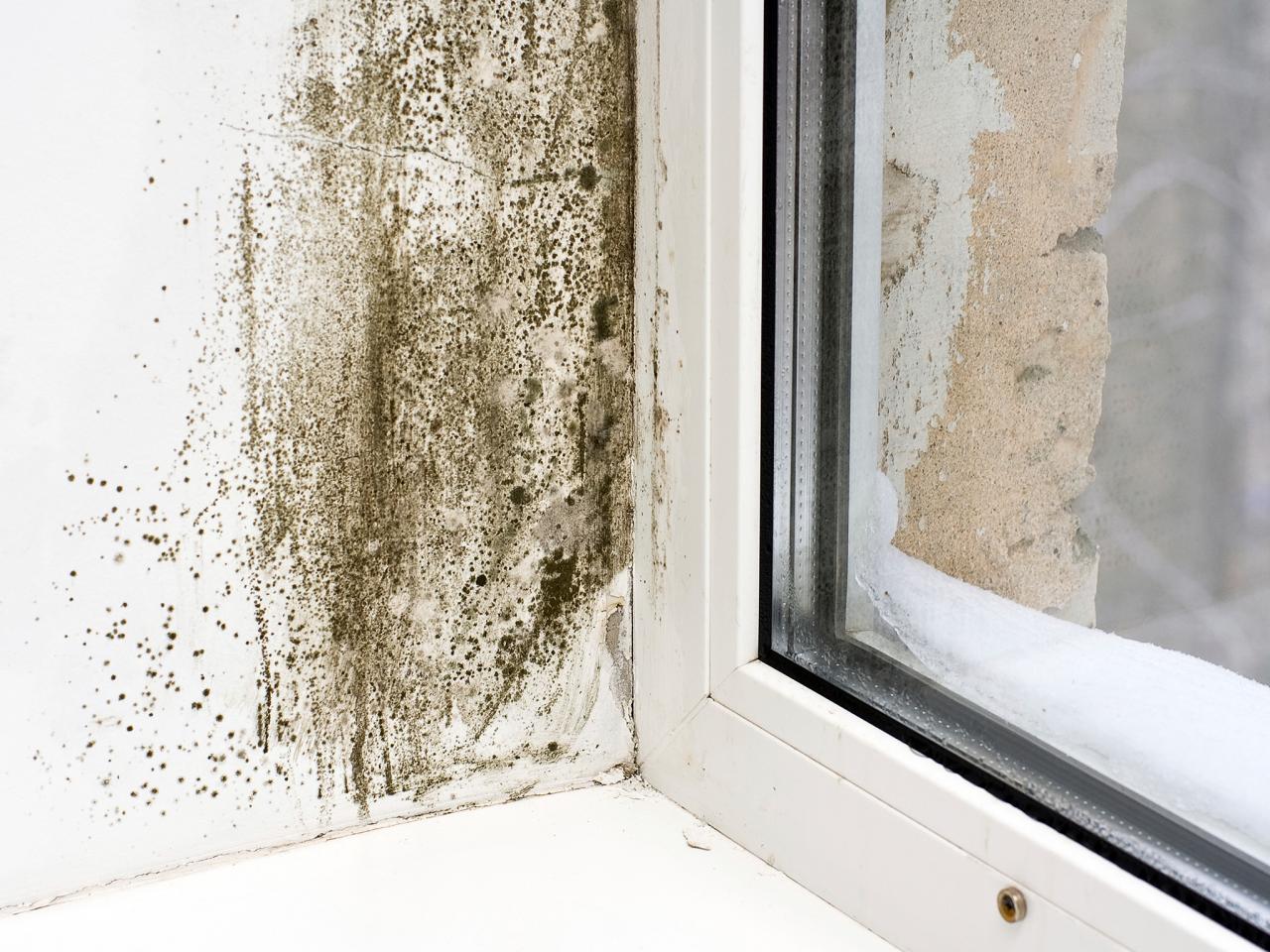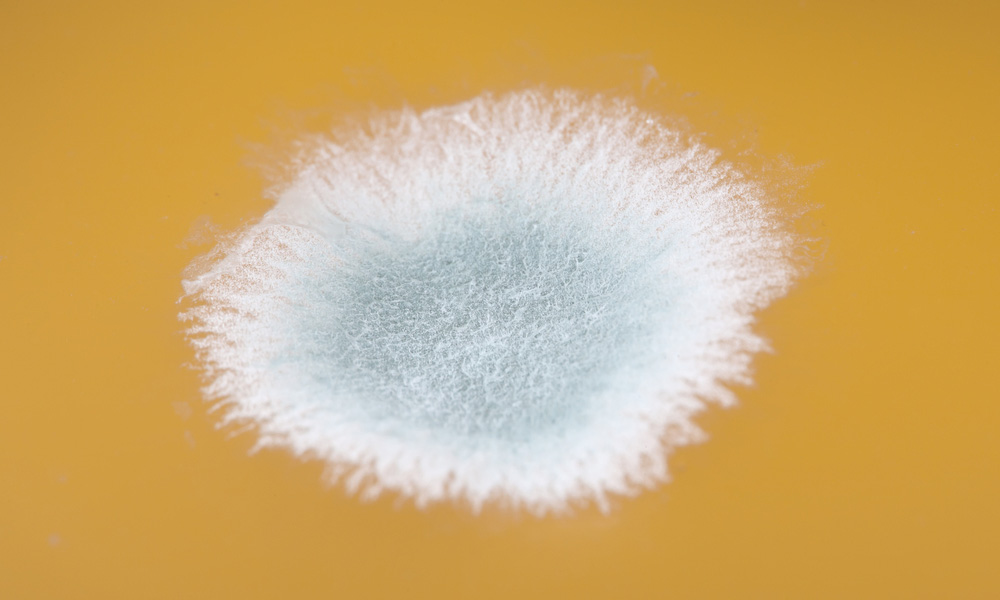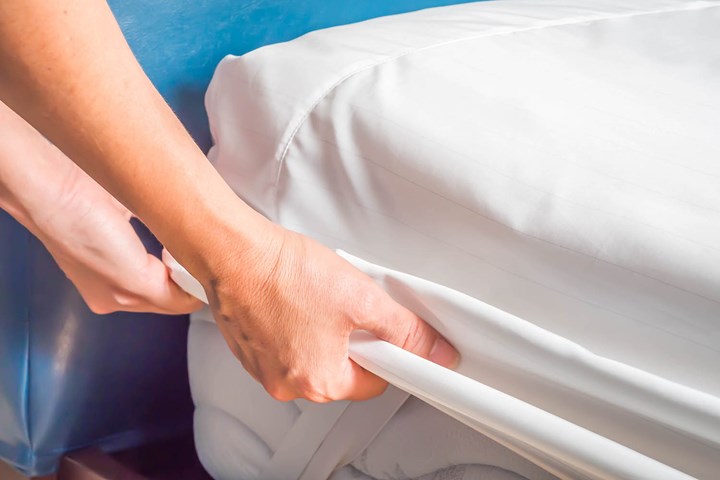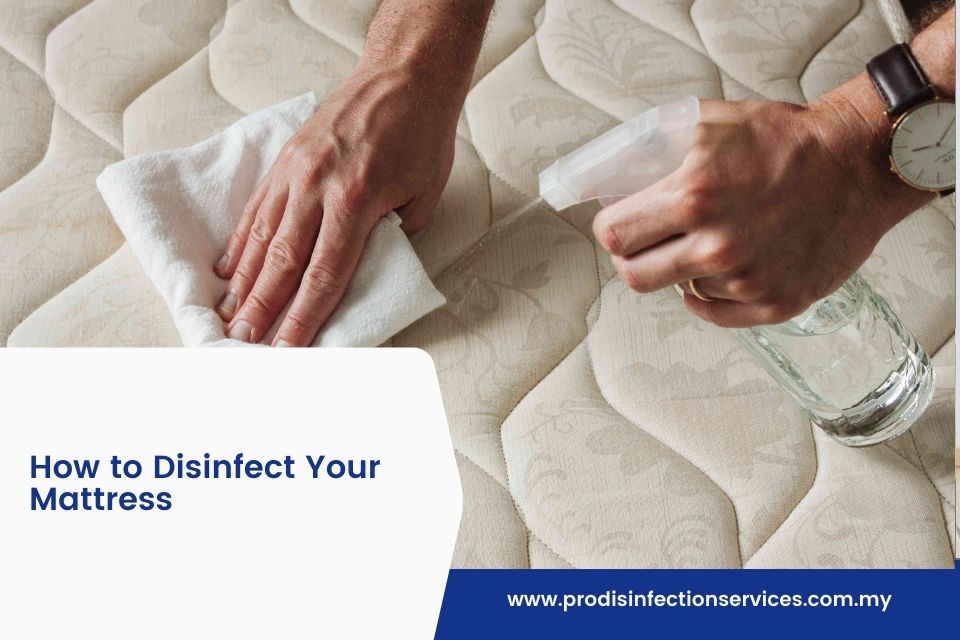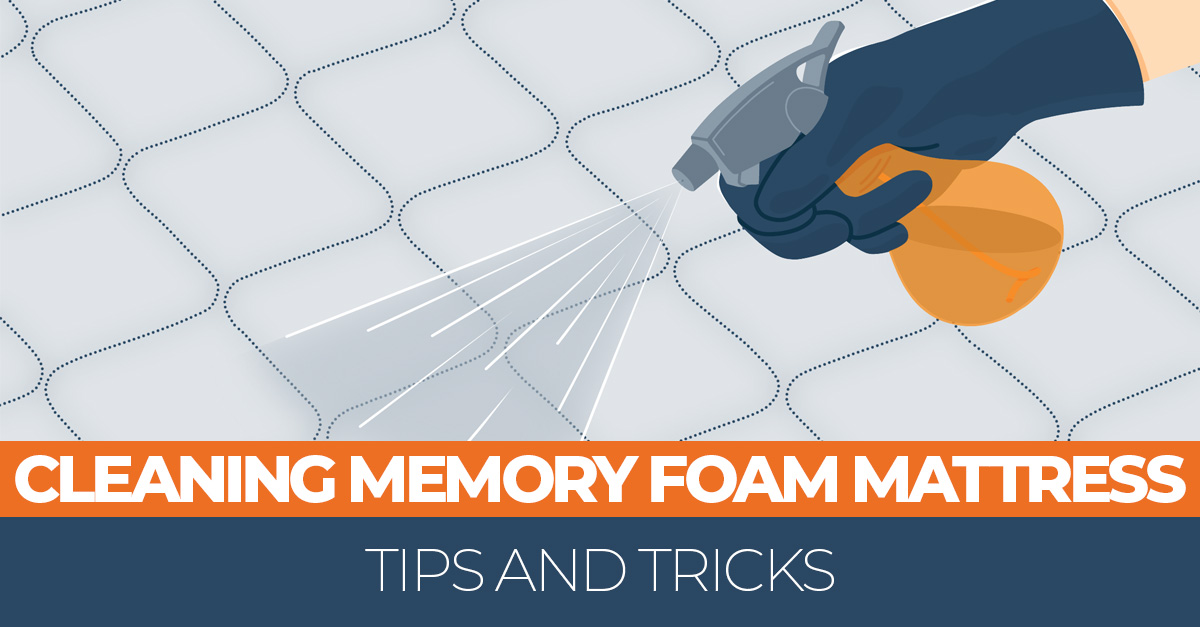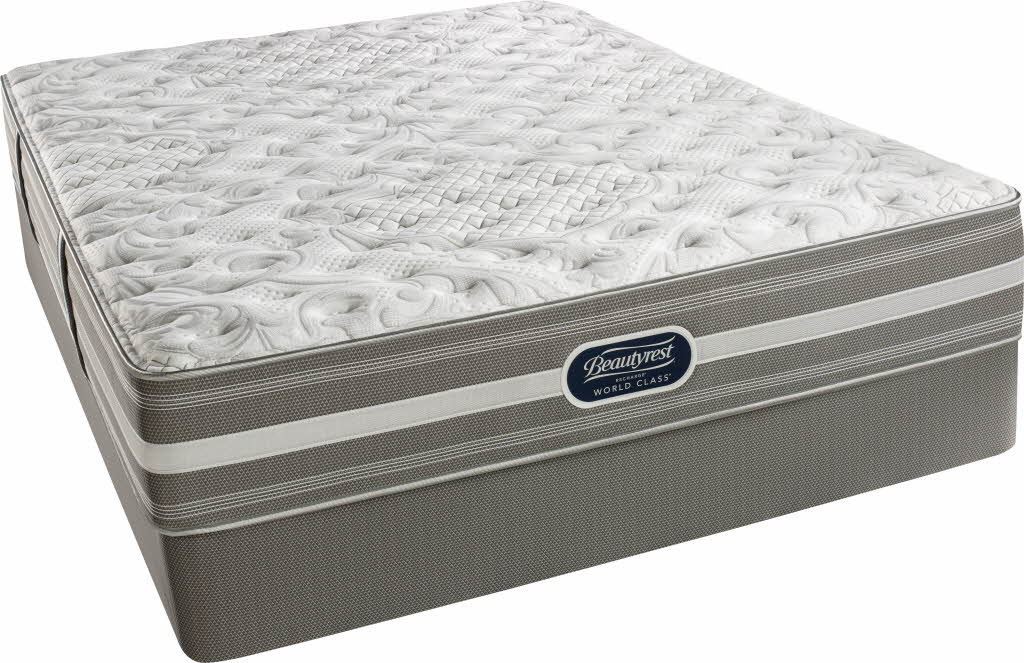Kill Mold on Foam Mattress: 10 Effective Solutions
Mold is a common problem that can occur on foam mattresses, especially in humid and damp environments. Not only is it unsightly, but it can also cause health issues such as allergies and respiratory problems. If you have noticed mold on your foam mattress, don't panic. There are several effective solutions that can help you get rid of the mold and prevent it from coming back. Here are 10 ways to kill mold on foam mattresses and keep your sleeping surface clean and healthy.
How to Get Rid of Mold on a Foam Mattress
Before you begin the mold removal process, it's important to know how to do it safely and effectively. Start by removing all bedding and covers from the mattress and washing them in hot water. Then, vacuum the mattress to remove any loose mold spores. Next, you can choose from the following methods to kill and remove mold from your foam mattress.
Best Ways to Remove Mold from a Foam Mattress
Baking soda: This natural cleaning agent has powerful anti-fungal properties that can help kill mold on foam mattresses. Sprinkle baking soda over the affected area and let it sit for a few hours before vacuuming it off.
Vinegar: Another natural solution, white vinegar can effectively kill mold on foam mattresses. Mix equal parts vinegar and water in a spray bottle and spray it onto the affected area. Let it sit for an hour before wiping it off with a clean cloth.
Borax: This mineral is known for its ability to kill mold and prevent it from growing back. Mix 1 cup of borax with 1 gallon of water and use a cloth to scrub the affected area. Let it dry completely before vacuuming.
Hydrogen peroxide: This is a powerful disinfectant that can effectively kill mold. Mix equal parts hydrogen peroxide and water in a spray bottle and spray it onto the moldy area. Let it sit for 10 minutes before wiping it off.
Tea tree oil: This essential oil has antifungal and antibacterial properties that make it effective in killing mold. Mix 10 drops of tea tree oil with 1 cup of water and spray it onto the affected area. Let it sit for 30 minutes before wiping it off.
Enzyme cleaner: Enzyme cleaners are specifically designed to break down organic matter, making them effective in removing mold from foam mattresses. Follow the instructions on the cleaner and use a cloth to scrub the affected area.
Natural Remedies for Killing Mold on Foam Mattresses
If you prefer to use natural remedies to get rid of mold on your foam mattress, here are a few more options:
Lemon juice: The acidic nature of lemon juice can help kill mold and prevent it from spreading. Mix equal parts lemon juice and water and spray it onto the affected area. Let it sit for an hour before wiping it off.
Grapefruit seed extract: This natural disinfectant is another effective way to kill mold on foam mattresses. Mix 20 drops of grapefruit seed extract with 2 cups of water and spray it onto the affected area. Let it sit for 10 minutes before wiping it off.
Essential oils: Many essential oils have antifungal and antibacterial properties, making them useful in killing mold. Some options include eucalyptus, lavender, and peppermint oil. Mix a few drops of your chosen oil with water and spray it onto the moldy area.
DIY Mold Removal for Foam Mattresses
If you prefer to make your own mold removal solution, here's a simple recipe:
Ingredients:
- 2 cups of water
- 1 teaspoon of dish soap
- 1 teaspoon of baking soda
Instructions:
1. Mix all ingredients in a spray bottle.
2. Spray the solution onto the moldy area.
3. Let it sit for 10 minutes.
4. Scrub the area with a cloth.
5. Rinse with clean water and let it dry completely.
Preventing Mold Growth on Foam Mattresses
The best way to deal with mold on a foam mattress is to prevent it from growing in the first place. Here are a few tips to keep your mattress mold-free:
Use a mattress protector: Investing in a waterproof and breathable mattress protector can help prevent moisture from seeping into your foam mattress, reducing the chances of mold growth.
Keep your room well-ventilated: Proper air circulation is key in preventing mold growth. Open windows and use a fan or air purifier to keep your room well-ventilated.
Rotate and flip your mattress regularly: This can help distribute body heat and moisture evenly, preventing mold from forming in one specific area.
Keep your room dry: Use a dehumidifier in humid environments to keep the moisture level in your room under control.
Safe and Non-Toxic Methods for Removing Mold on Foam Mattresses
Many of the solutions mentioned above are safe and non-toxic, making them a great choice for families with children and pets. However, if you prefer to use commercial mold cleaners, make sure to choose one that is specifically designed for foam mattresses and follow the instructions carefully.
Professional Mold Removal for Foam Mattresses
If the mold on your foam mattress is extensive and you are unable to remove it yourself, it may be best to call a professional mold removal service. They have the necessary equipment and expertise to safely and effectively remove mold from your foam mattress.
Common Causes of Mold on Foam Mattresses
Understanding the causes of mold growth can help you prevent it from happening in the future. Some common causes of mold on foam mattresses include:
- High humidity and moisture levels
- Spills and accidents that are not cleaned up promptly
- A lack of air circulation and ventilation
- Not using a mattress protector
How to Clean and Disinfect a Moldy Foam Mattress
After using one of the methods mentioned above to remove mold from your foam mattress, it's important to clean and disinfect it to ensure it is safe for use. Here's how:
1. Mix equal parts water and rubbing alcohol in a spray bottle.
2. Spray the solution onto the affected area and let it sit for 30 minutes.
3. Use a clean cloth to scrub the area.
4. Rinse with clean water and let it dry completely.
In conclusion, mold on a foam mattress is a common problem, but it can be effectively dealt with using these 10 solutions. With proper prevention and regular cleaning, you can ensure your foam mattress stays mold-free and provide you with a clean and healthy sleeping surface.
Why It is Important to Kill Mold on Foam Mattresses
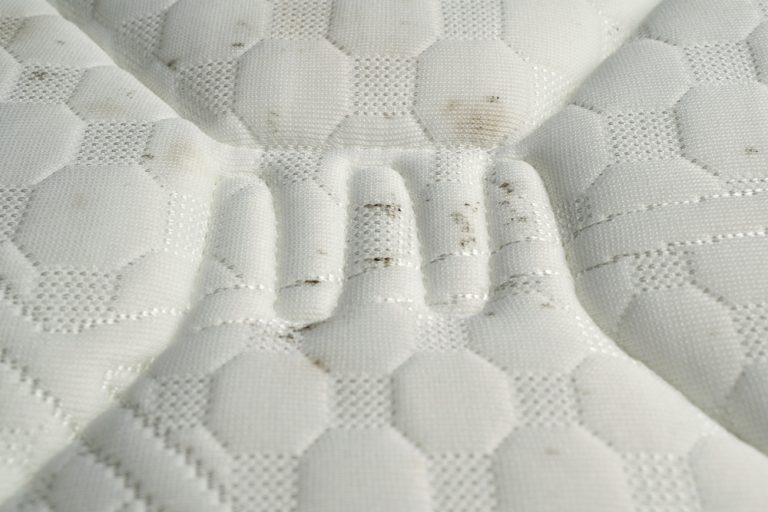
The Dangers of Mold on Foam Mattresses
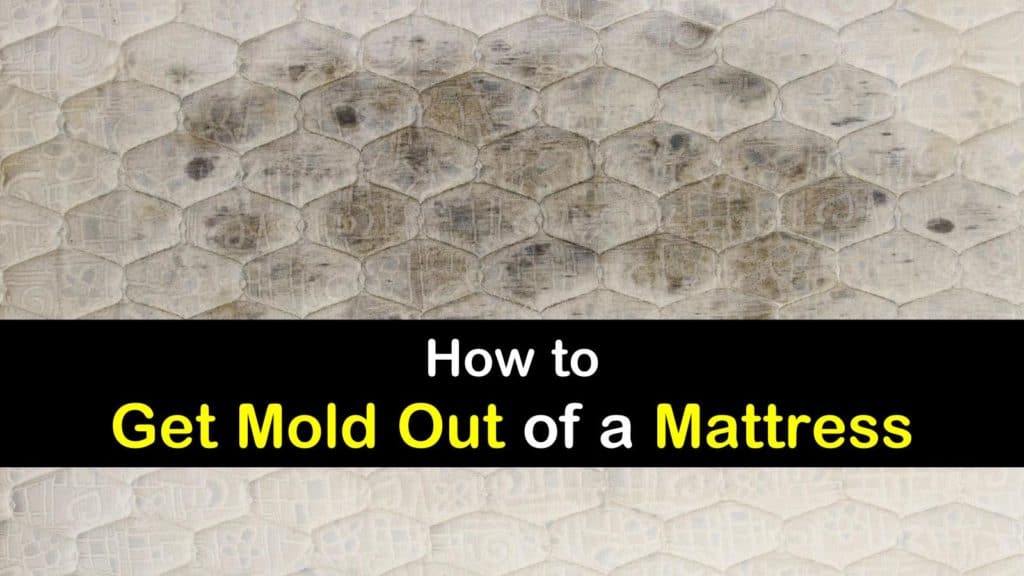 Mold is a common household problem that can easily grow on any surface that is damp and warm. This includes foam mattresses, which are often used in households for their comfort and support. However, mold on a foam mattress can pose serious health risks to you and your family. Mold spores can trigger allergies and respiratory problems, and some molds can even produce toxic substances. It is important to take immediate action and
kill mold on foam mattresses
to ensure the safety of your household.
Mold is a common household problem that can easily grow on any surface that is damp and warm. This includes foam mattresses, which are often used in households for their comfort and support. However, mold on a foam mattress can pose serious health risks to you and your family. Mold spores can trigger allergies and respiratory problems, and some molds can even produce toxic substances. It is important to take immediate action and
kill mold on foam mattresses
to ensure the safety of your household.
Causes of Mold on Foam Mattresses
 Foam mattresses are made of porous materials that can easily absorb moisture, making them a perfect breeding ground for mold. Some common causes of mold growth on foam mattresses include spills, leaks, and excessive humidity. If your bedroom is poorly ventilated, it can create a warm and damp environment, which is ideal for mold growth. Additionally, if your foam mattress is placed on a solid surface without proper airflow, it can trap moisture and lead to mold growth.
Foam mattresses are made of porous materials that can easily absorb moisture, making them a perfect breeding ground for mold. Some common causes of mold growth on foam mattresses include spills, leaks, and excessive humidity. If your bedroom is poorly ventilated, it can create a warm and damp environment, which is ideal for mold growth. Additionally, if your foam mattress is placed on a solid surface without proper airflow, it can trap moisture and lead to mold growth.
Methods to Kill Mold on Foam Mattresses
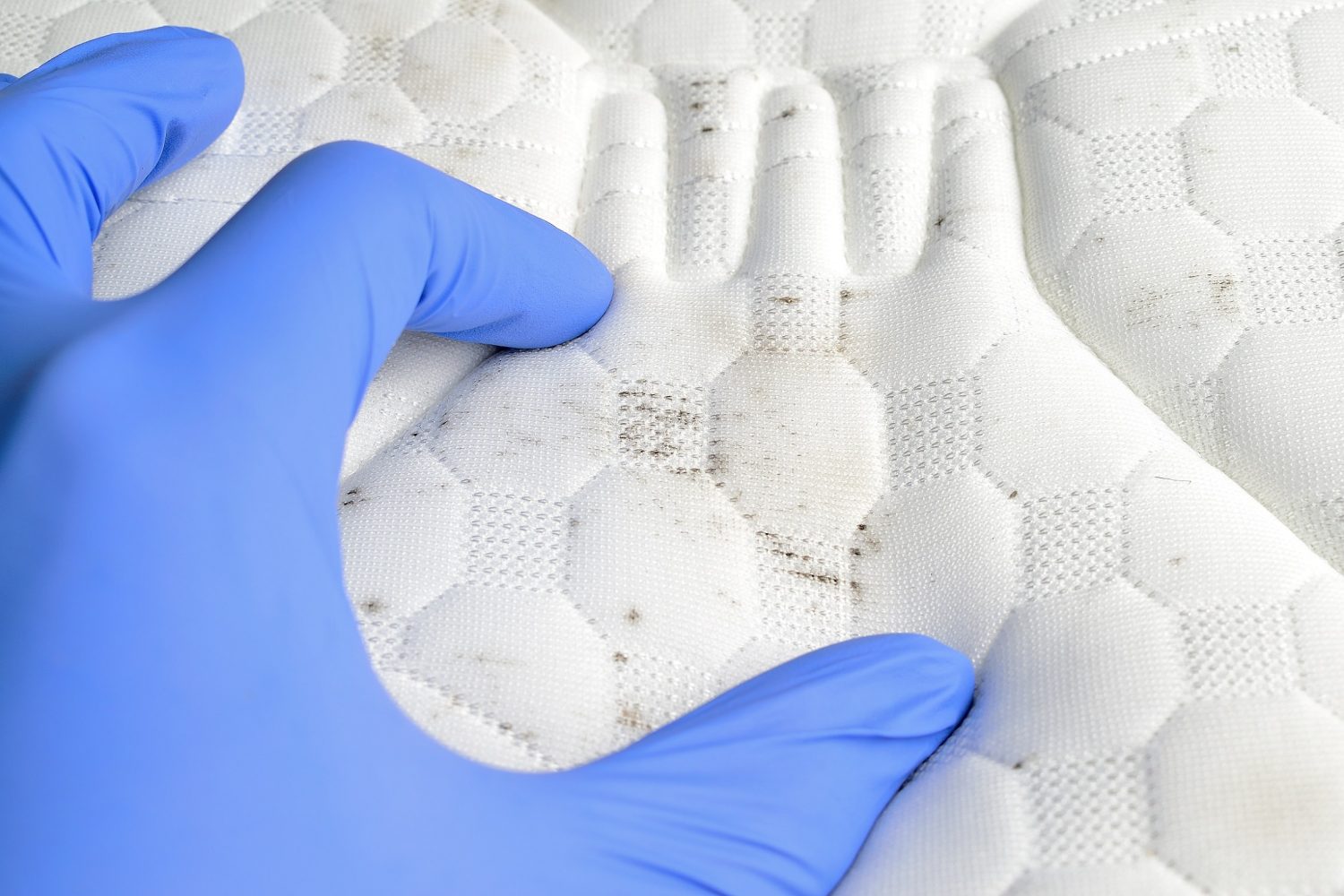 The first step in
killing mold on foam mattresses
is to identify the affected areas. Look for visible signs of mold, such as black or green spots, and check for musty odors. If the mold growth is minor, you can try to clean it using a mixture of
white vinegar and baking soda
. Simply mix equal parts of vinegar and baking soda to create a paste, and then apply it to the affected areas. Let it sit for a few hours before vacuuming it off. For more severe cases, consider using a mold-killing cleaner or hiring a professional cleaning service.
The first step in
killing mold on foam mattresses
is to identify the affected areas. Look for visible signs of mold, such as black or green spots, and check for musty odors. If the mold growth is minor, you can try to clean it using a mixture of
white vinegar and baking soda
. Simply mix equal parts of vinegar and baking soda to create a paste, and then apply it to the affected areas. Let it sit for a few hours before vacuuming it off. For more severe cases, consider using a mold-killing cleaner or hiring a professional cleaning service.
Preventive Measures for Mold Growth on Foam Mattresses
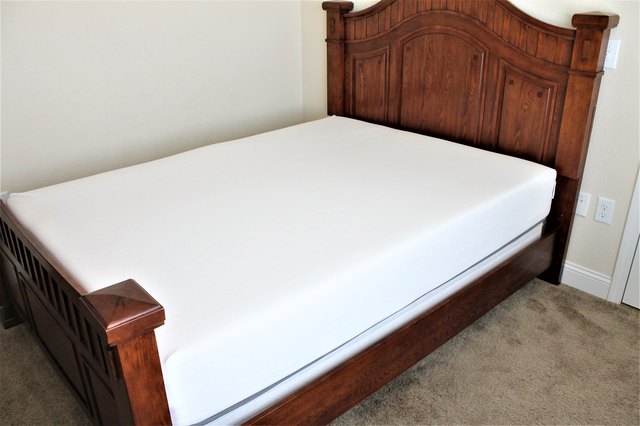 To prevent mold growth on your foam mattress, it is essential to take some preventive measures.
Proper ventilation
is crucial to keep your bedroom dry and prevent the buildup of moisture. Make sure to open windows and doors regularly to allow fresh air to circulate. It is also recommended to use a mattress protector to keep moisture and spills from seeping into your foam mattress. Remember to regularly clean and dry your mattress, and avoid placing it on a solid surface without any airflow.
To prevent mold growth on your foam mattress, it is essential to take some preventive measures.
Proper ventilation
is crucial to keep your bedroom dry and prevent the buildup of moisture. Make sure to open windows and doors regularly to allow fresh air to circulate. It is also recommended to use a mattress protector to keep moisture and spills from seeping into your foam mattress. Remember to regularly clean and dry your mattress, and avoid placing it on a solid surface without any airflow.
In Conclusion
 Mold growth on foam mattresses is a common household issue that should not be ignored. It can pose serious health risks and affect the overall quality of your sleep. By taking preventive measures and promptly addressing any mold growth, you can ensure the safety and longevity of your foam mattress. Remember to regularly clean and maintain your mattress to prevent mold growth and enjoy a comfortable and healthy sleep.
Mold growth on foam mattresses is a common household issue that should not be ignored. It can pose serious health risks and affect the overall quality of your sleep. By taking preventive measures and promptly addressing any mold growth, you can ensure the safety and longevity of your foam mattress. Remember to regularly clean and maintain your mattress to prevent mold growth and enjoy a comfortable and healthy sleep.



